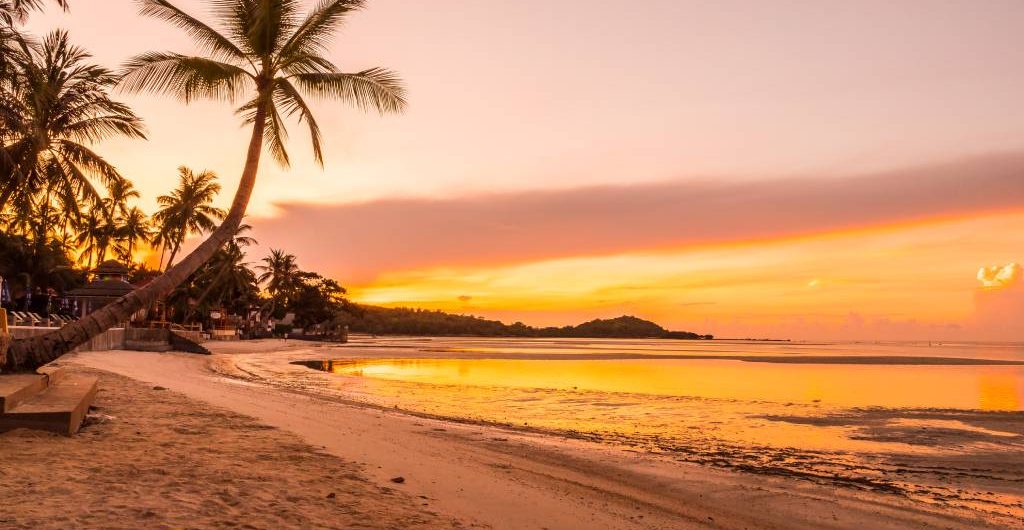
Goa, often referred to as the “Pearl of the Orient,” is a picturesque coastal state located on the southwestern coast of India. Renowned for its stunning beaches, rich cultural heritage, and vibrant nightlife, Goa is a popular tourist destination that attracts visitors from around the world. This article explores the multifaceted beauty of Goa, its history, culture, geography, and the various attractions it offers to travelers.
History of Goa
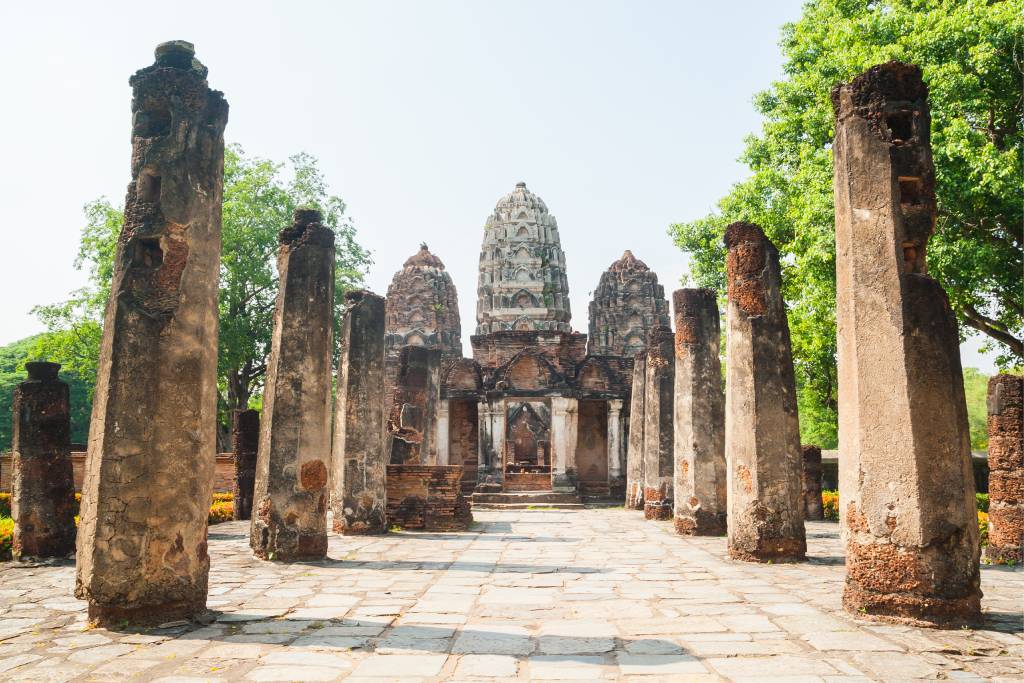
- Ancient History: Goa’s history dates back to ancient times when it was inhabited by various civilizations, including the Mauryas and the Satavahanas. The region has witnessed the influence of dynasties such as the Kadambas, Chalukyas, and Rashtrakutas.
- Portuguese Colonial Period: One of the most significant chapters in Goa’s history is its colonial era under Portuguese rule, which lasted for over four centuries. The Portuguese arrived in the early 16th century and left a lasting impact on the culture, architecture, and religion of the region.
- Post-independence Era: Following India’s independence in 1947, Goa was integrated into the Indian Union in 1961 after a brief military operation. Since then, it has experienced various political and social developments as it transitioned from a colonial past to a part of modern India.
Geography and Climate
Goa’s geography is characterized by a stunning mix of coastal areas with sandy beaches and lush inland regions. Its coastline stretches along the Arabian Sea, offering an array of beautiful beaches for tourists to enjoy. The state experiences a tropical monsoon climate, with distinct wet and dry seasons. The monsoon season, which lasts from June to September, brings heavy rainfall, while the dry season from November to March is the peak tourist season.
Culture and Society
Goa’s culture is a vibrant blend of Indian and Portuguese influences, making it unique in its traditions and customs. The state is known for its multicultural diversity, with a population that practices various religions and speaks multiple languages, including Konkani, Marathi, and English. Goa hosts a multitude of festivals and traditions throughout the year, with Diwali and Carnival being among the most famous. The cuisine in Goa is a delectable fusion of Indian and Portuguese flavors, featuring dishes like vindaloo, xacuti, and bebinca.
Tourist Attractions
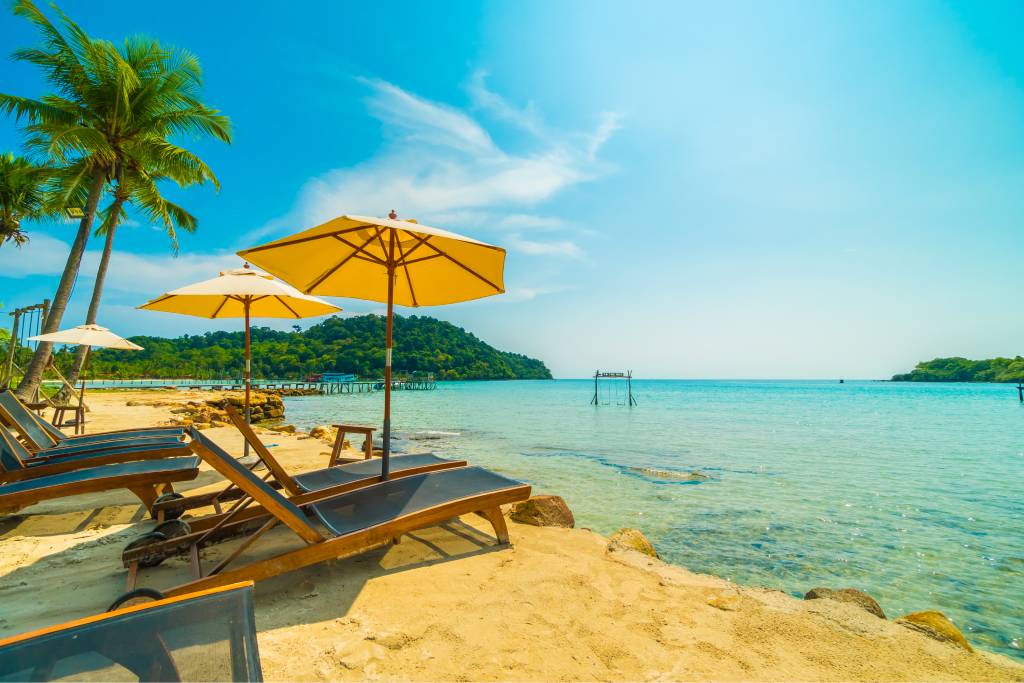
Goa is a haven for tourists, offering a wide range of attractions to suit every traveler’s taste. The pristine beaches, such as Baga, Calangute, and Anjuna, are perfect for relaxation and water sports. The state boasts a rich history reflected in its temples, churches, forts, and museums. Natural landmarks like Dudhsagar Waterfalls and the Bhagwan Mahavir Wildlife Sanctuary provide a glimpse of Goa’s breathtaking natural beauty. At night, the state comes alive with a buzzing nightlife scene, with beachside parties, clubs, and live music.
Activities and Recreation
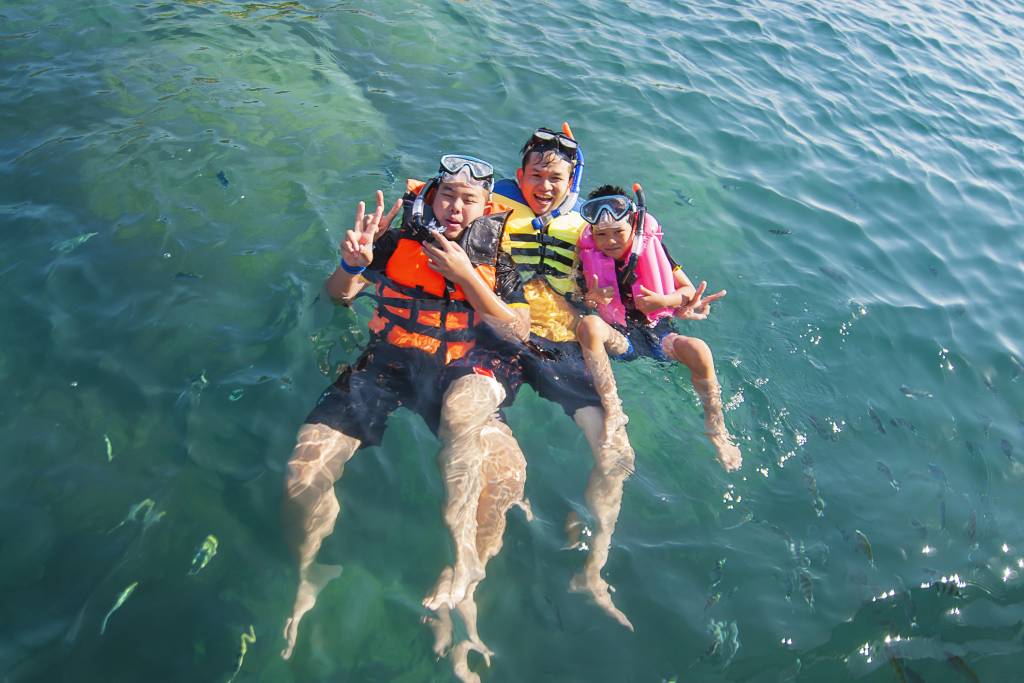
For adventure enthusiasts, Goa offers scuba diving, snorkeling, trekking, and hiking opportunities. The state is also a shopper’s paradise, with local markets and vibrant flea markets selling everything from handicrafts to clothing. Wellness seekers can indulge in yoga retreats and spa treatments.
Goa’s Economy
Tourism is the backbone of Goa’s economy, contributing significantly to its GDP and providing employment to a large portion of the population. In addition to tourism, agriculture and fishing are traditional livelihoods in rural areas, while emerging industries like information technology and pharmaceuticals are gaining traction.
Challenges and Conservation Efforts
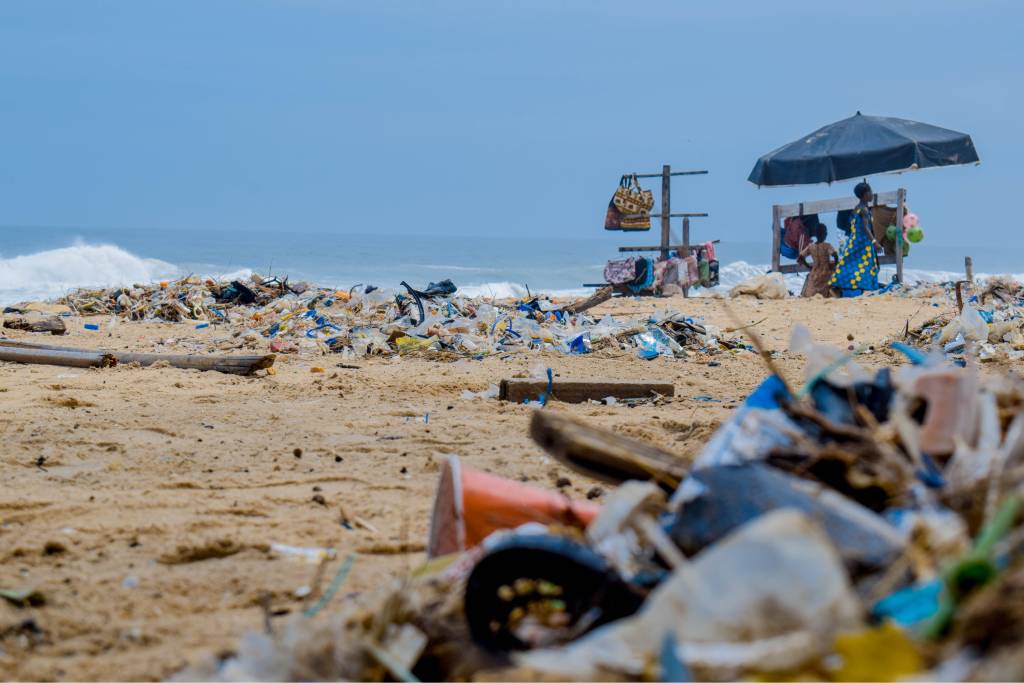
Goa faces challenges related to environmental degradation due to tourism and rapid development. Efforts are underway to promote sustainable tourism and preserve the state’s rich cultural heritage. Conservation initiatives aim to protect the environment, including the coastal ecosystem and wildlife sanctuaries.